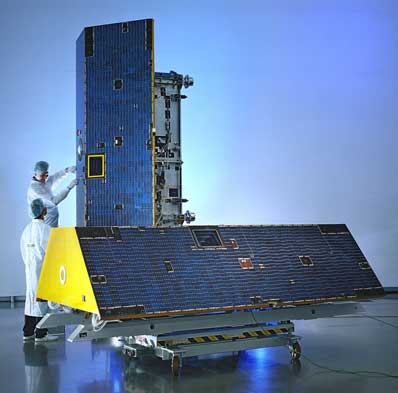Spike Spiegel
New member
- Joined
- Feb 12, 2009
- Messages
- 168
- Reaction score
- 2
- Points
- 0
I've noticed over the years that many sci-fi spacecraft that are meant to appear "near-future" in design or construction have a major similarity. They often have a central truss/beam that the other components are "mounted" to. For example, the Discovery from 2001/2010, the Event Horizon, the ship from Defying Gravity (Antares?), the ship from Avatar, and even the Deepstar addon for Orbiter.
I'm wondering if there's a really good engineering reason why this design is so popular. Sure it looks pretty cool, and is acceptable since the ship won't fly in an atmosphere, but why not use a different design? Why is that type of design popular?
I'm wondering if there's a really good engineering reason why this design is so popular. Sure it looks pretty cool, and is acceptable since the ship won't fly in an atmosphere, but why not use a different design? Why is that type of design popular?



